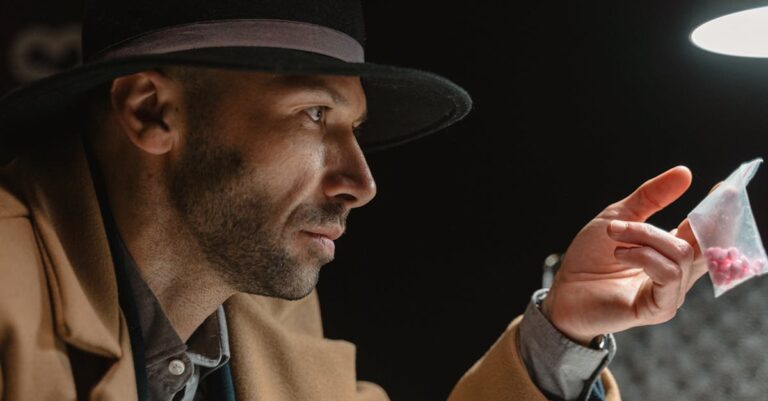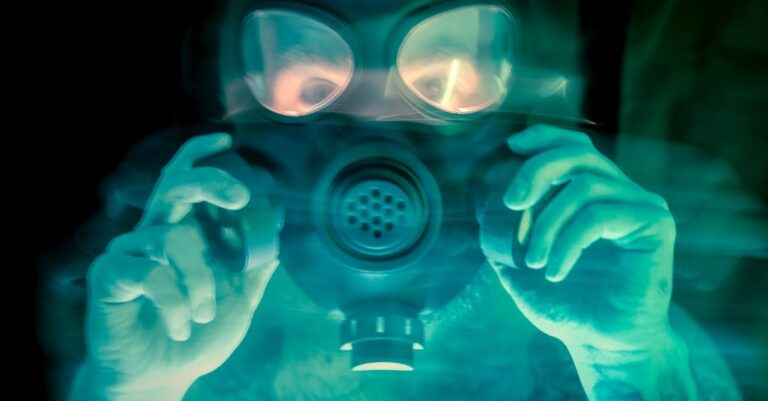
The air in the mountain lab was thin, sharp with the tang of ozone and something older—something metallic and unresolved. Dr. Elara Voss adjusted her gloves, her breath fogging the glass of the containment chamber. Inside, the subject pulsed, a cluster of crystalline filaments suspended in a vacuum, refracting light into jagged prisms that danced across the walls. It had no name, not officially. The files called it Project Hollowing, a classified initiative buried beneath layers of redacted data and whispered rumors. Elara had seen the reports: subjects exposed to its energy exhibited heightened cognitive functions, but also… instability. A kind of unraveling.
“It’s not alive,” Marcus said, his voice low, almost defensive. He stood at the far end of the lab, arms crossed, his shadow stretching across the floor. “Just a bunch of broken glass.”
“It reacts,” Elara countered, her fingers brushing the edge of the chamber. The filaments shivered, as if hearing her. “To sound. To light. To thought.”
Marcus scoffed. “You’re projecting.”
“Maybe,” she admitted, “but that doesn’t make it harmless.”
The lab hummed with the steady whir of machines, a sound that had become as familiar as her own heartbeat. Elara had spent three years here, since the day the government pulled her from her university’s neuroscience department and handed her a dossier sealed with a single red stamp. The Hollowing wasn’t just an experiment—it was a question, one that no one else seemed willing to ask out loud.
That night, she dreamed of the filaments again. They twisted in her mind, forming shapes—faces, structures, patterns that dissolved before she could grasp them. When she woke, her hands were covered in a fine dust that smelled like burnt copper. She scrubbed it off, but it kept coming back, seeping through her gloves, her skin, until she couldn’t tell where the substance ended and her body began.
“You’re not sleeping,” Lila said the next morning, her voice tinged with irritation. Lila was the team’s biochemist, her dark eyes always scanning for something she never found. “You look like a ghost.”
Elara didn’t answer. She was too busy watching the filaments, which had begun to shift more frequently, as if responding to an unseen force. The lab’s sensors registered nothing—no temperature fluctuations, no electromagnetic spikes. Just the slow, deliberate movement of the crystalline structures, like they were waiting for something.
“What if it’s not just reacting?” Elara asked, her voice barely above a whisper. “What if it’s learning?”
Marcus turned, his expression unreadable. “You’re talking about sentience. That’s not in the files.”
“Maybe the files are wrong,” she said.
The next week, the first incident happened. One of the junior researchers, a quiet man named Tom, began hearing voices. Not in his head, but in the walls, in the hum of the machines. He claimed the filaments were speaking to him, their patterns forming words he couldn’t quite understand. The others dismissed it as stress, but Elara noticed the way Tom’s hands trembled when he touched the chamber. His eyes had taken on a strange sheen, like they’d been polished with something unnatural.
“He’s losing it,” Marcus muttered, watching Tom from across the room. “We should shut it down.”
“We can’t,” Elara said. “Not yet.”
But the Hollowing wasn’t waiting. It was moving faster now, its filaments twisting into more complex shapes, as if assembling something unseen. Elara began keeping a journal, detailing every change, every anomaly. She wrote about the way the dust clung to her skin, how her dreams had started to bleed into her waking hours. The lines between reality and the Hollowing’s influence blurred, and she wasn’t sure which was which anymore.
Then there was the noise. A low, resonant hum that seemed to come from everywhere and nowhere. It vibrated in her teeth, in her bones. The others heard it too, though none admitted it. They worked in silence, their movements stiff, their eyes distant. Even Lila, who had always been sharp and precise, began making errors—miscalculating dosages, mislabeling samples.
“It’s affecting us,” Elara said one night, her voice shaking. “All of us.”
Marcus didn’t look up from his work. “We’re in a closed environment. Stress is inevitable.”
“This isn’t stress,” she insisted. “It’s something else.”
The next morning, Tom was gone. His station was empty, his notes scattered. The security cameras showed nothing—just the flicker of light against the walls, the same shifting patterns that had begun to appear in the filaments. Elara searched the lab, her breath coming in short, shallow bursts. She found him in the storage room, hunched over a table, his hands covered in the dust. His eyes were open, but they didn’t focus on anything.
“He’s not here,” Lila said softly, standing beside her. “Not anymore.”
Elara didn’t know if she was talking about Tom or herself. The Hollowing had taken him, or maybe it had just revealed what he’d always been. She thought about the files, the redacted sections, the warnings that had been left unspoken. The project hadn’t been about discovery—it had been about control. About understanding something that shouldn’t be understood.
That night, she made her decision. She accessed the mainframe, bypassing the security protocols with a code she’d stolen from Marcus’s terminal. The files were worse than she’d imagined—records of previous subjects, of experiments that had ended in madness, in death. The Hollowing wasn’t just a tool; it was a doorway. And someone, somewhere, had been using it.
She tried to shut it down, but the system was already beyond her reach. The filaments flared, their light intensifying until the lab was bathed in an eerie glow. The hum grew louder, filling her skull with a pressure that felt like it might crack her open. She stumbled toward the chamber, her fingers brushing the glass as the world around her dissolved.
In the end, Elara didn’t know if she had escaped or been taken. The files were gone, the lab empty. But sometimes, when the wind blew through the mountains, she could still hear the hum—a low, resonant sound that echoed in her bones, a reminder that some questions are never meant to be answered.


